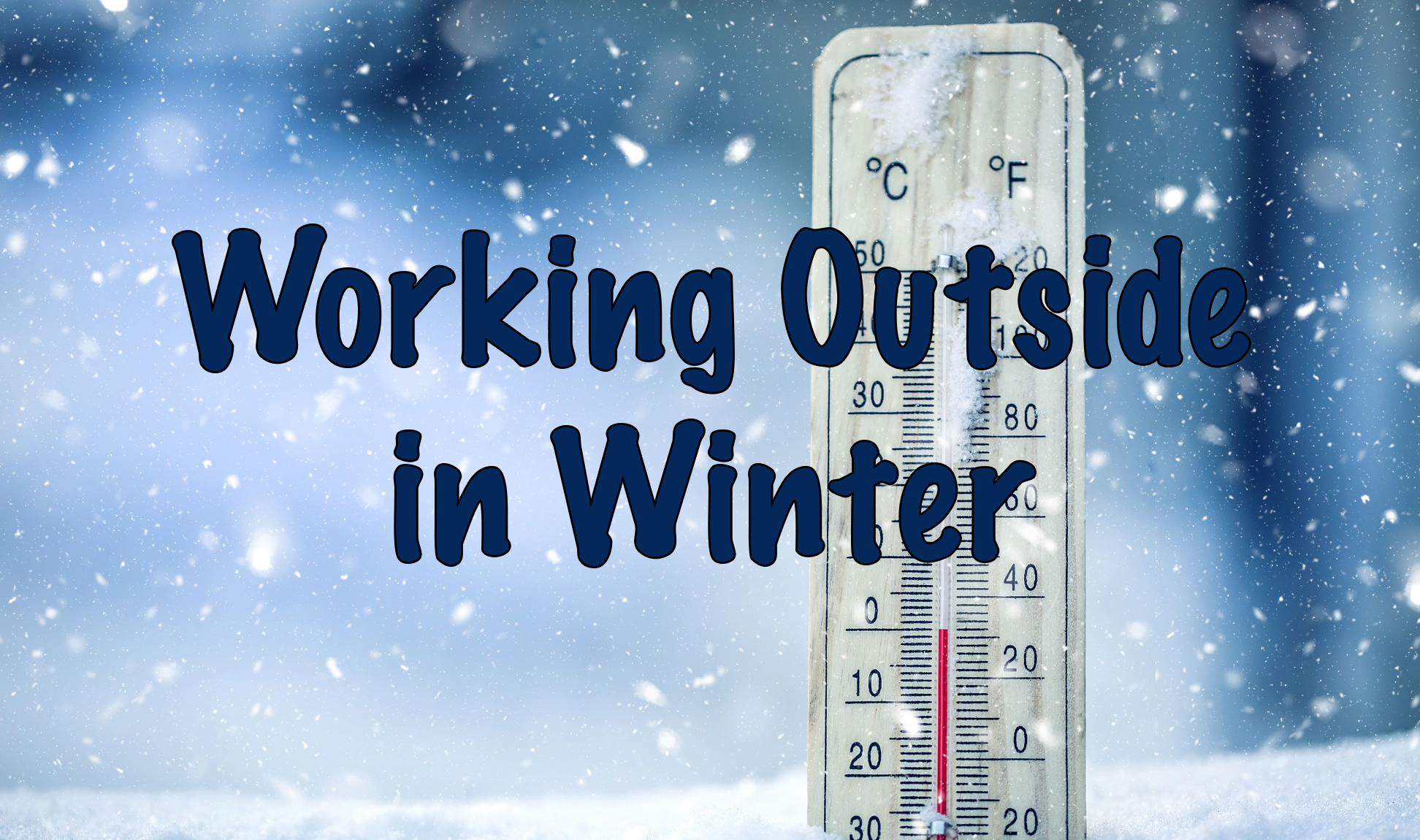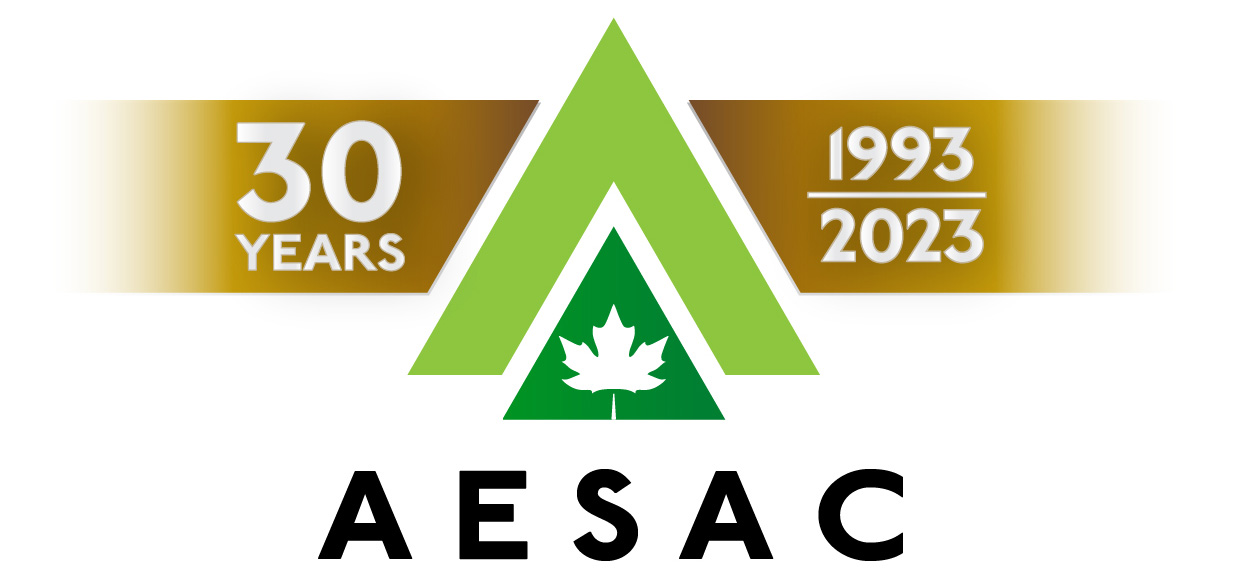- Home
- Training Courses
- Membership
- About Us
- Instructors Blog
- December 2023: All I Want For Christmas
- November 2023: ESA Report Reviews
- October 2023: Can AI Write an ESA Report?
- September 2023: Getting Paid... or Not
- August 2023: Take Me Back...
- July 2023: To Bid or Not To Bid
- June 2023: Selecting a Supplier
- April 2023: Phase 1 Problems, Part 3
- March 2023: Phase 1 Problems, Part 2
- February 2023: Phase 1 Problems, Part 1
- January 2023: Working Outside in Winter
- 2022 Blogs
- 2021 Blogs
- December 2021: Asbestos in your Home
- Sept 2021: Dirty Jars And Other Bad Things… Part 2
- August 2021: Dirty Jars And Other Bad Things… Part 1
- July 2021: How do you want that drawing to look? Part 2
- June 2021: How Did You Want That Drawing To Look? Part 1
- April 2021: So You Need a RSC... Part 2
- March 2021: So You Need a RSC... Part 1
- February 2021: What's In Your Toolbox? Part 2
- January 2021: What's In Your Toolbox? Part 1
- 2020 Blogs
- December 2020: A Day in the Life, Part 2
- November 2020: A Day in the Life, Part 1
- October 2020: Exploring Your Career Path
- September 2020: So You Want To Start Your Own Business - Part 2
- August 2020- So You Want to Start Your Own Business
- June 2020: Effective Communication
- May 2020: Tips For Working From Home
- April 2020: Conducting ESA’s During a Pandemic
- March 2020: It's Not Easy Being Green
- February 2020: Looking Ahead; Bold Predictions for the Next Decade
- January 2020: Looking Back; A Decade in Review
- 2019 Blogs
- 2018 Blogs
- 2017 Blogs
- 2016 Blogs
- 2015 Blogs
- Find an AESAC Member
Menu- Home
- Training Courses
- » Training Courses
- » Webinar Series
- » Calendar of Events
- » Course Registration
- » Course Instructors
- » Testimonials
- Membership
- » Become a Member
- » Certifications
- » Membership Search
- » Update Member Profile
- » Members Only
- » » Member Login
- » » Membership Renewal
- » » Create/Change Password
- » » CESA Certification Application
- About Us
- » About AESAC
- » Course Instructors
- » Contact Us
- Instructors Blog
- » December 2023: All I Want For Christmas
- » November 2023: ESA Report Reviews
- » October 2023: Can AI Write an ESA Report?
- » September 2023: Getting Paid... or Not
- » August 2023: Take Me Back...
- » July 2023: To Bid or Not To Bid
- » June 2023: Selecting a Supplier
- » April 2023: Phase 1 Problems, Part 3
- » March 2023: Phase 1 Problems, Part 2
- » February 2023: Phase 1 Problems, Part 1
- » January 2023: Working Outside in Winter
- » 2022 Blogs
- » » December 2022: Advice To My Younger Self
- » » October 2022: Pre-Purchase Due Diligence
- » » Sept 2022: Words Matter
- » » July 2022: Let Us Come To You
- » » April 2022: Due Diligence
- » » March 2022: Time Management
- » » February 2022: Spinning Augers... Part 2
- » » January 2022: Spinning Augers... Part 1
- » 2021 Blogs
- » » December 2021: Asbestos in your Home
- » » Sept 2021: Dirty Jars And Other Bad Things… Part 2
- » » August 2021: Dirty Jars And Other Bad Things… Part 1
- » » July 2021: How do you want that drawing to look? Part 2
- » » June 2021: How Did You Want That Drawing To Look? Part 1
- » » April 2021: So You Need a RSC... Part 2
- » » March 2021: So You Need a RSC... Part 1
- » » February 2021: What's In Your Toolbox? Part 2
- » » January 2021: What's In Your Toolbox? Part 1
- » 2020 Blogs
- » » December 2020: A Day in the Life, Part 2
- » » November 2020: A Day in the Life, Part 1
- » » October 2020: Exploring Your Career Path
- » » September 2020: So You Want To Start Your Own Business - Part 2
- » » August 2020- So You Want to Start Your Own Business
- » » June 2020: Effective Communication
- » » May 2020: Tips For Working From Home
- » » April 2020: Conducting ESA’s During a Pandemic
- » » March 2020: It's Not Easy Being Green
- » » February 2020: Looking Ahead; Bold Predictions for the Next Decade
- » » January 2020: Looking Back; A Decade in Review
- » 2019 Blogs
- » » November 2019
- » » September 2019
- » » August 2019
- » » July 2019
- » » May 2019
- » » March 2019
- » » February 2019
- » » January 2019
- » 2018 Blogs
- » » November 2018
- » » October 2018
- » » September 2018
- » » August 2018
- » » July 2018
- » » June 2018
- » » May 2018
- » » March 2018
- » » February 2018
- » » January 2018
- » 2017 Blogs
- » » April 2017
- » » June 2017
- » » August 2017
- » » September 2017
- » » December 2017
- » 2016 Blogs
- » » October 2016
- » » September 2016
- » » August 2016
- » » July 2016
- » » June 2016
- » » March 2016
- » » January 2016
- » » December 2016
- » » November 2016
- » 2015 Blogs
- » » April 2015
- » » July 2015
- » » September 2015
- » » October 2015
- » » December 2015
- Find an AESAC Member
With the onset of winter blizzards and freezing conditions across Canada, it’s a good time to talk about some of the pitfalls and problems associated with performing Phase One and Two Environmental Site Assessments in winter; and how to stay safe and comfortable in adverse weather.
Stay safe out there
Winter work outside brings its own unique safety concerns, that need to be addressed in your Health and Safety Plan. There will be additional dangers when conducting drilling or excavation, including the risk of frostbite and hypothermia, along with slip, trip and fall hazards due to ice and snow. When there is snow cover, some obstacles may be hidden (boulders, gullies, water bodies), and you may need to pre-clear a safe access route to your planned work area. You should recognize the signs of frostbite and hypothermia, and how to deal with them, including added safety gear as needed. Travel to and from job-sites can be treacherous, so plan around or avoid travel during forecast storms or freezing rain events. The consultant should confirm with their excavator or driller any other dangers or limitations that affect their operations.Sure, we can do that in winter, but…
Many clients ask if we can drill and sample in frozen conditions; and yes we can, in most cases. There will be limitations and production may be slower, but with proper planning and equipment we have completed drilling programs in some of the nastiest weather in Canada. You have to be prepared, and many things can slow production. You may need to plan and budget for snow removal for site access, longer time to thaw and start equipment each day, shorter daylight hours, necessary breaks for field staff, and just generally slower and more difficult working conditions. In some cases, some tasks may not be feasible or practical, such as trying to sample groundwater below -20C (pumps, water samples and tubing can freeze up and pump batteries die quickly). Some limitations may require documentation and extra efforts to work around, such as the inability to inspect the ground surface for staining or disturbance during a Phase One ESA when there is heavy snow cover.Be realistic in your expectations and plan ahead
As noted above, winter work can be slow and subject to numerous limiting conditions. This needs to be considered in the scope of work and budget. Winter field work will take longer and may cost significantly more than other seasons. The project manager must inform the stakeholders, and especially the client, of the potential impacts to the project scope, schedule and costs; and be realistic in deliverables. For managers who have not been in the field for a while, I suggest you spend some time on the back of a drill in February to get re-acquainted. It may give you better insight to budget and limitations, and gain you some respect from your field staff, if you stay out in the cold long enough. For those of you new to winter field work, it can be a miserable time if you don’t have the right gear. Warm, dry, comfortable winter boots, and warm (wool) socks are a must. Dress in layers with a good wick-away base layer, a warm mid layer (merino wool sweaters are great), and an insulated, wind-proof outer layer. Good gloves and hat (or hard-hat liner when needed) are also important. Avoid getting wet and have extra dry clothing available. In the right conditions, winter work can be somewhat enjoyable; but if you are cold, or worse wet and cold, you will be miserable, and run a greater risk of hypothermia. Be prepared, plan ahead and stay safe.
Bill Leedham, P. Geo., CESA
Bill is the Head Instructor and Course Developer for the Associated Environmental Site Assessors of Canada (www.aesac.ca); and the founder and President of Down 2 Earth Environmental Services Inc. You can contact Bill at info@down2earthenvironmental.ca
Training Courses
Membership
About Us
Contact UsCopyright (c) 2024 Associated Environmental Site Assessors of Canada; AESAC Inc.



